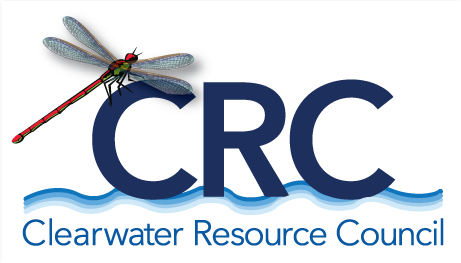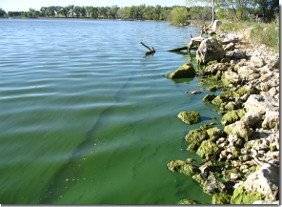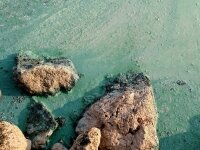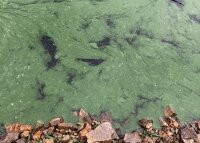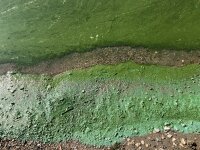Harmful Algae Blooms
Photo sources left to right: EPA, MT Govt, MT Govt, MT Govt
Most algae and cyanobacteria are not harmful; however, some species can bloom in excessive amounts and produce toxins. Warmer temperatures, combined with nutrient pollution, have been causing more frequent Harmful Algal Blooms (HAB) in the State of Montana. Read on to learn what causes these blooms, how you can identify them, and what you can do to be safe from HAB.
What are Harmful Algae Blooms?
A harmful algal bloom (HAB) is a large, rapid growth of cyanobacteria on the surface of a waterbody. Cyanobacteria, also known as blue-green algae, are tiny plant-like organisms that live in lakes, streams, and reservoirs. Certain species of cyanobacteria can produce toxins that can pose serious health risks to humans, pets, and wildlife. Exposure to such cyanobacteria and their toxins can occur by ingesting toxin-contaminated water or food, including fish, and participating in recreational activities, such as swimming, tubing, or waterskiing, in contaminated waterbodies. The presence of cyanobacteria does not always mean that toxins are present. However, toxins may still be present even after the bloom dissipates.
How to identify HAB
Photo by Jeff Harrits, Salmon Lake
Harmless green algae and HABs both commonly occur in freshwater. Only cyanobacteria can produce toxins that may be harmful. Harmless green algae can be thread-like and may resemble string, horsehair, or moss. Cyanobacteria can resemble pea soup, wet paint, and grass clippings. Cyanobacteria may also appear as blue-green discoloration along rocks and shorelines. HABs can appear blue, green, red or brown.
What to do if you suspect a HAB
Avoid human and animal contact with water once a bloom is suspected.
Take a photograph and send it to Jon Haufler ( jon@crcmt.org) or call 406-677-0069.
Report a suspected HAB at HAB.MT.gov.
“When in doubt, stay out”
Health Risks Associated with HABs
Exposure to cyanobacteria while in recreational waters may cause skin irritations, including a rash, hives, or skin blisters. Adverse effects from exposure to cyanotoxins include liver and kidneys toxicity and neurological, reproductive, and gastrointestinal effects. Health effects from cyanotoxin exposure in animals can include vomiting, diarrhea, seizures, and death. Symptoms may occur within hours and are unlikely to occur after a few days.
Drinking Water
Water supplied by a Public Water System is safe for consumption and use. If the water should become unsafe, the water system will issue an alert. If you use untreated water and live near waters with a known algae bloom, call your local health department for information.
Most drinking water concerns are centered around surface water sources such as rivers, lakes, and reservoirs. Generally, wells should be safe, but proximity to contaminated water should be considered. Be conscious of the taste, smell, and appearance of your well water. In the event that you are pulling your drinking water directly from a contaminated lake, drink bottled water only. Do not drink water directly from a lake suspected to contain HAB toxins. Also try to avoid showering until the HAB event is over.
Boiling your water will not remove cyanotoxins. In fact, boiling water with cyanotoxins present may increase toxin levels by evaporating water. If you received a Cyanotoxin Drinking Water Advisory, you should not drink the water until the Advisory is lifted.
Are fish safe to eat?
Harmful algal blooms pose an unknown health risk to humans through fish consumption; some have been shown to accumulate in internal organs. It is advisable to avoid fish taken from such waters, particularly if they appear sickly or sluggish.
Can I recreate on lakes with a HAB?
Recreationists can still safely camp and picnic at waters experiencing blooms.
What should I do if I come in contact with a HAB?
Call Poison Control: 1-800-222-1222
Photo by Emily McGuirt, Placid Lake 2020
All content compiled by A. Dixon in 2021 using the following resources from the USEPA and MTDEQ:
https://dphhs.mt.gov/assets/publichealth/FCS/images/habpamphlet_2020.pdf
